Hard money loans are one of the more popular options for buying fixer-upper homes to renovate and resell for a profit. While there are alternatives available – such as using a traditional or renovation mortgage – hard money loans usually fund far faster and are less restrictive. If you’re considering a hard money loan for an investment property purchase, here’s a look at what hard money loans are and the typical requirements for a hard money loan.
What Is a Hard Money Loan?
Hard money loans are non-conforming financing options that are typically used to purchase commercial or investment properties. These loans aren’t available through traditional lenders like banks and credit unions. Instead, private companies or individuals may fund the loan.
As with a mortgage, a hard money loan is connected to the property, allowing the property to serve as collateral. However, they fund much faster – often closing within just a few days – and have less stringent requirements in many cases.
The interest rate associated with a hard money loan is commonly much higher than traditional lending alternatives. Additionally, the repayment term is far shorter. While mortgages usually have 15 or 30-year repayment periods, hard money loans may only allow a few years.
Since house flippers typically aim to renovate and resell an investment property quickly, the shorter repayment term isn’t inherently problematic. As long as the investment property sells within the repayment period, proceeds from the sale cover the cost of the hard money loan and any associated interest, and the investor keeps any remaining profits.
Hard money loans may also work for rental or commercial properties where anticipated income generation makes paying off the loan on time plausible. In this scenario, investors may aim to complete any required builds or renovations to ensure the property meets the livability or value requirements set forth by traditional lenders, giving them an opportunity to refinance the hard money loan into a typical mortgage upon completion.
Requirements for a Hard Money Loan
As with all lending products, the requirements for a hard money loan may vary depending on the issuing party. However, there are some more standard requirements that most borrowers will need to meet. Here’s an overview of the typical requirements for a hard money loan.
Sizeable Down Payment
Since hard money loans are usually riskier for lenders, the down payment requirements are commonly higher. For example, while mortgages may only require up to 20 percent, a hard money loan may have a minimum down payment requirement of 30 percent.
However, precisely how much the lender needs as a down payment does vary, including based on the borrower. If the borrower has a substantial history of repaying hard money loans on time through their investment projects, the lender may require a smaller down payment in comparison to what they’d expect from a less experienced investor.
The state of the property being purchased is another factor that may influence down payment requirements. Additionally, the buyer’s plans for the property could also play a role. For home flipping, local market conditions may cause down payments to rise or fall, for example.
Cash to Cover Fees and Insurance
Along with a down payment, buyers need additional funds to cover any associated fees or insurance needs in cash. This includes handling underwriting expenses, closing costs, and property insurance, at a minimum. Other fees may also be part of the equation, so investors should look at what the hard money lender specifically requires to ensure they have enough money to address these expenses.
Liquid Cash Reserves
Most hard money loans are used to purchase properties that require renovations or land for building a new structure. Since that’s the case, buyers need liquid cash reserves to successfully handle the project and meet any payment requirements for the hard money loan.
Generally, liquid cash reserves include money in savings or held in accounts where making withdrawals is simple and quick. As a result, the value of investment portfolios typically doesn’t qualify. Stocks, bonds, and similar securities aren’t inherently liquid, so their value isn’t factored into the equation. Similarly, the value of other held real estate doesn’t count since selling takes time.
Proof of Income
Along with a liquid cash reserve, many hard money loan lenders require proof of income. The goal is to ensure that the borrower has a reasonable amount of cash coming in from a source other than the investment property they’re considering. That way, the buyer has a way to cover the hard money loan payments should the project head in an unexpectedly negative direction.
Beyond proof of income, the personal finances-related requirements are minimal, if not non-existent. While a hard money loan lender may run a borrower’s credit, there typically aren’t credit score minimums. As a result, any credit checks typically focus on factors other than credit score, such as a history of defaulting on similar loans.
However, some hard money loan lenders forgo traditional credit checks entirely. Instead, they concentrate on income levels, current property values, and after-repair values. The property is acting as collateral, so as long as it has enough value to cover the loan with room to spare, that may be enough in some cases.
Suitable After-Repair Value
When considering a hard money loan application, lenders compare the current value of the property to its potential after-repair value. The after-repair value is based on the project the buyer presents, allowing the lender to estimate how much the property will be worth based on the improvements, location, age, local market conditions, type of property, and similar factors.
Generally, the bigger the difference between the current value and after-repair value, the more attractive the loan is to the lender. Larger differences provide a sort of cushion, as project overages or standard shifts in the market likely won’t eliminate all profit potential.
In most cases, it’s the after-repair value that determines the maximum amount a lender is willing to offer. Additionally, as a result, it also influences the required down payment.
A Clear Project Plan
Assessing the after-repair value isn’t possible unless there’s a well-outlined plan in place for the project. Often, aspiring buyers need to thoroughly outline the bulk of the project, including building or renovation schematics, material and labor cost estimates, anticipated timelines, and similar details.
The more comprehensive the plan, the easier it to for the hard money loan lender to understand the buyer’s vision and goals. Plus, a formalized plan shows focus and dedication, which can play in a borrower’s favor.
Solid Investment History
While having prior property investment experience isn’t required by all hard money loan lenders, it’s a must for some. However, even if it isn’t an explicit requirement for a hard money loan through that individual or company, having a solid investment history works in a borrower’s favor.
For example, a borrower who’s about to undertake their first flip is viewed as riskier than one that has a dozen successful flips under their belt. As a result, the latter may qualify for lower down payments or more favorable terms. Additionally, their odds of approval are generally higher.
For those with previous experience, providing an outline of past projects is wise. This is particularly true if the borrower can demonstrate a clear history of finishing on time and under budget, as well as securing post-update sales at or above the anticipated after-repair value.
However, even if a borrower has no investment property experience, that doesn’t mean they won’t get approved. Instead, they may simply need to do more due diligence to demonstrate they have a solid plan and enough cash reserves to handle everything that’s involved. That strategy gives the lender more peace of mind, which may make them open to a higher degree of risk.
A Reputable Hard Money Loan Lender
Technically, finding a reputable lender isn’t a requirement for securing a hard money loan. However, it’s essential for borrowers who want to avoid predatory lenders.
Predatory lending takes many forms, but it all typically involves unfair loan terms designed to rob borrowers of equity or make seizing properties easier. Some consider all hard money loans inherently predatory, as they usually involve higher interest rates and challenging fee structures. However, that likely isn’t universally true.
Borrowers should perform some due diligence when considering lenders. Compare interest rates and fee structures. Examine the lender’s reputation. Speak with others who used the company for hard money loans. Also, make sure to read the entire loan agreement and have it reviewed by an attorney.
A Big Dose of Reality
While being realistic also isn’t an inherent requirement for getting a hard money loan, it’s nonetheless critical. The borrower needs to be honest with themselves about their financial situation and the viability of the project. It’s easy to underestimate repair costs, particularly since some issues aren’t always visible until work is underway. Having a sizeable financial cushion that can address overages created by unseen problems is, therefore, essential.
Additionally, getting accurate data about material and labor costs is a must. Being realistic about the timeline and potential shifts in the local market is similarly critical. Otherwise, even experienced property investors may end up over their heads.
Ultimately, it’s best to consider a big dose of reality to be one of the requirements for a hard money loan. That way, borrowers don’t move forward based on an overly optimistic perspective only to find themselves in trouble once the project is underway.
Do you think the requirements for a hard money loan make sense? Have you used a hard money loan previously and want to tell others about your experience? Do you think that hard money loans are too expensive to be wise options? Share your thoughts in the comments below.
Read More:




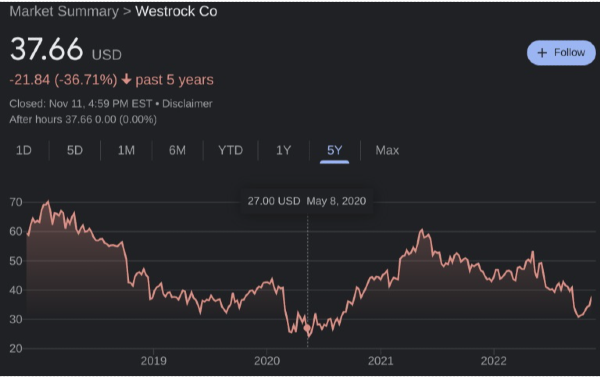

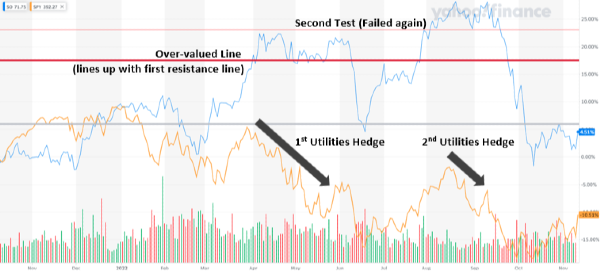
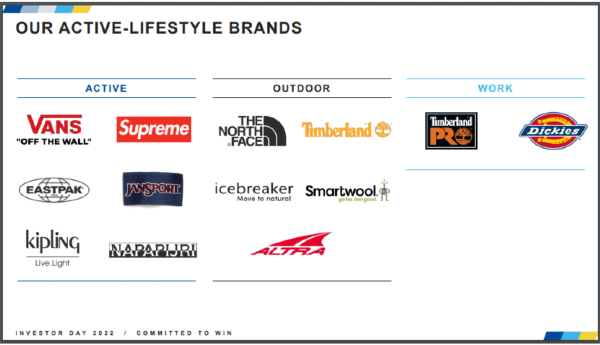


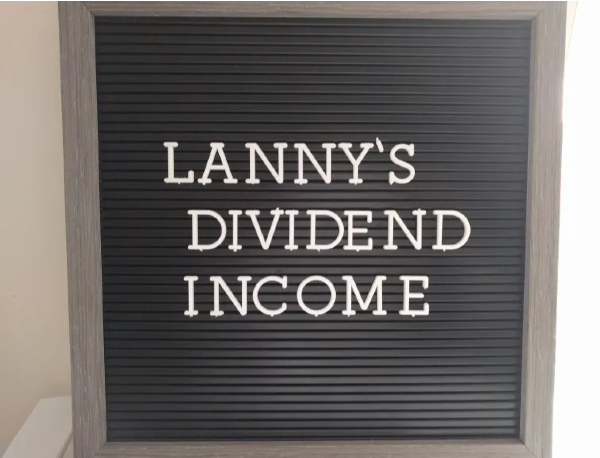

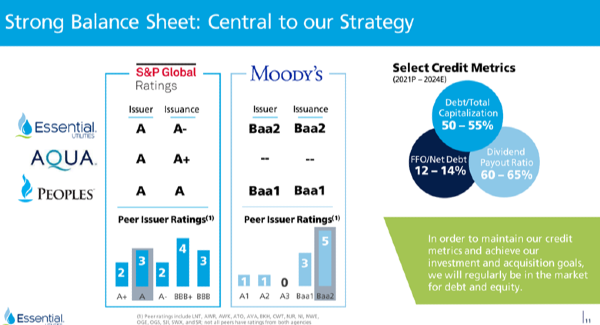



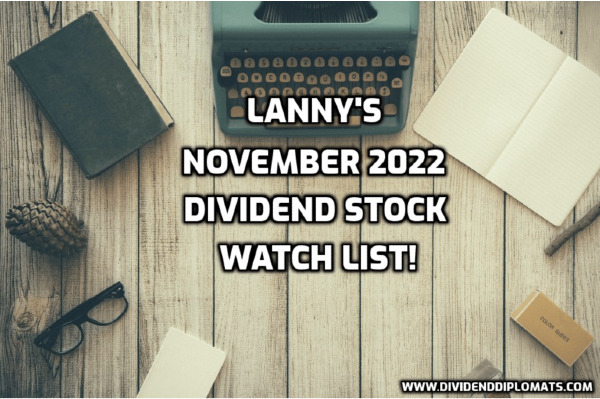

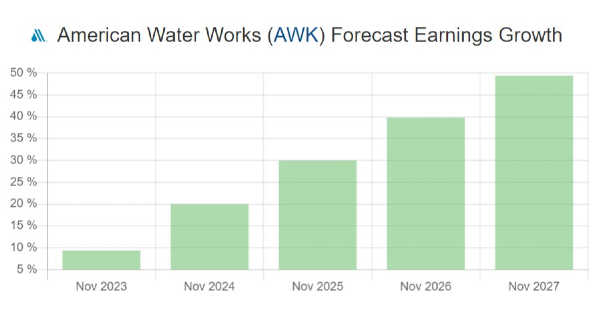









Hard money loans are one of the more popular options for buying fixer-upper homes to renovate and resell for a profit. While there are alternatives available – such as using a traditional or renovation mortgage – hard money loans usually fund far faster and are less restrictive. If you’re considering a hard money loan for an investment property purchase, here’s a look at what hard money loans are and the typical requirements for a hard money loan.
What Is a Hard Money Loan?
Hard money loans are non-conforming financing options that are typically used to purchase commercial or investment properties. These loans aren’t available through traditional lenders like banks and credit unions. Instead, private companies or individuals may fund the loan.
As with a mortgage, a hard money loan is connected to the property, allowing the property to serve as collateral. However, they fund much faster – often closing within just a few days – and have less stringent requirements in many cases.
The interest rate associated with a hard money loan is commonly much higher than traditional lending alternatives. Additionally, the repayment term is far shorter. While mortgages usually have 15 or 30-year repayment periods, hard money loans may only allow a few years.
Since house flippers typically aim to renovate and resell an investment property quickly, the shorter repayment term isn’t inherently problematic. As long as the investment property sells within the repayment period, proceeds from the sale cover the cost of the hard money loan and any associated interest, and the investor keeps any remaining profits.
Hard money loans may also work for rental or commercial properties where anticipated income generation makes paying off the loan on time plausible. In this scenario, investors may aim to complete any required builds or renovations to ensure the property meets the livability or value requirements set forth by traditional lenders, giving them an opportunity to refinance the hard money loan into a typical mortgage upon completion.
Requirements for a Hard Money Loan
As with all lending products, the requirements for a hard money loan may vary depending on the issuing party. However, there are some more standard requirements that most borrowers will need to meet. Here’s an overview of the typical requirements for a hard money loan.
Sizeable Down Payment
Since hard money loans are usually riskier for lenders, the down payment requirements are commonly higher. For example, while mortgages may only require up to 20 percent, a hard money loan may have a minimum down payment requirement of 30 percent.
However, precisely how much the lender needs as a down payment does vary, including based on the borrower. If the borrower has a substantial history of repaying hard money loans on time through their investment projects, the lender may require a smaller down payment in comparison to what they’d expect from a less experienced investor.
The state of the property being purchased is another factor that may influence down payment requirements. Additionally, the buyer’s plans for the property could also play a role. For home flipping, local market conditions may cause down payments to rise or fall, for example.
Cash to Cover Fees and Insurance
Along with a down payment, buyers need additional funds to cover any associated fees or insurance needs in cash. This includes handling underwriting expenses, closing costs, and property insurance, at a minimum. Other fees may also be part of the equation, so investors should look at what the hard money lender specifically requires to ensure they have enough money to address these expenses.
Liquid Cash Reserves
Most hard money loans are used to purchase properties that require renovations or land for building a new structure. Since that’s the case, buyers need liquid cash reserves to successfully handle the project and meet any payment requirements for the hard money loan.
Generally, liquid cash reserves include money in savings or held in accounts where making withdrawals is simple and quick. As a result, the value of investment portfolios typically doesn’t qualify. Stocks, bonds, and similar securities aren’t inherently liquid, so their value isn’t factored into the equation. Similarly, the value of other held real estate doesn’t count since selling takes time.
Proof of Income
Along with a liquid cash reserve, many hard money loan lenders require proof of income. The goal is to ensure that the borrower has a reasonable amount of cash coming in from a source other than the investment property they’re considering. That way, the buyer has a way to cover the hard money loan payments should the project head in an unexpectedly negative direction.
Beyond proof of income, the personal finances-related requirements are minimal, if not non-existent. While a hard money loan lender may run a borrower’s credit, there typically aren’t credit score minimums. As a result, any credit checks typically focus on factors other than credit score, such as a history of defaulting on similar loans.
However, some hard money loan lenders forgo traditional credit checks entirely. Instead, they concentrate on income levels, current property values, and after-repair values. The property is acting as collateral, so as long as it has enough value to cover the loan with room to spare, that may be enough in some cases.
Suitable After-Repair Value
When considering a hard money loan application, lenders compare the current value of the property to its potential after-repair value. The after-repair value is based on the project the buyer presents, allowing the lender to estimate how much the property will be worth based on the improvements, location, age, local market conditions, type of property, and similar factors.
Generally, the bigger the difference between the current value and after-repair value, the more attractive the loan is to the lender. Larger differences provide a sort of cushion, as project overages or standard shifts in the market likely won’t eliminate all profit potential.
In most cases, it’s the after-repair value that determines the maximum amount a lender is willing to offer. Additionally, as a result, it also influences the required down payment.
A Clear Project Plan
Assessing the after-repair value isn’t possible unless there’s a well-outlined plan in place for the project. Often, aspiring buyers need to thoroughly outline the bulk of the project, including building or renovation schematics, material and labor cost estimates, anticipated timelines, and similar details.
The more comprehensive the plan, the easier it to for the hard money loan lender to understand the buyer’s vision and goals. Plus, a formalized plan shows focus and dedication, which can play in a borrower’s favor.
Solid Investment History
While having prior property investment experience isn’t required by all hard money loan lenders, it’s a must for some. However, even if it isn’t an explicit requirement for a hard money loan through that individual or company, having a solid investment history works in a borrower’s favor.
For example, a borrower who’s about to undertake their first flip is viewed as riskier than one that has a dozen successful flips under their belt. As a result, the latter may qualify for lower down payments or more favorable terms. Additionally, their odds of approval are generally higher.
For those with previous experience, providing an outline of past projects is wise. This is particularly true if the borrower can demonstrate a clear history of finishing on time and under budget, as well as securing post-update sales at or above the anticipated after-repair value.
However, even if a borrower has no investment property experience, that doesn’t mean they won’t get approved. Instead, they may simply need to do more due diligence to demonstrate they have a solid plan and enough cash reserves to handle everything that’s involved. That strategy gives the lender more peace of mind, which may make them open to a higher degree of risk.
A Reputable Hard Money Loan Lender
Technically, finding a reputable lender isn’t a requirement for securing a hard money loan. However, it’s essential for borrowers who want to avoid predatory lenders.
Predatory lending takes many forms, but it all typically involves unfair loan terms designed to rob borrowers of equity or make seizing properties easier. Some consider all hard money loans inherently predatory, as they usually involve higher interest rates and challenging fee structures. However, that likely isn’t universally true.
Borrowers should perform some due diligence when considering lenders. Compare interest rates and fee structures. Examine the lender’s reputation. Speak with others who used the company for hard money loans. Also, make sure to read the entire loan agreement and have it reviewed by an attorney.
A Big Dose of Reality
While being realistic also isn’t an inherent requirement for getting a hard money loan, it’s nonetheless critical. The borrower needs to be honest with themselves about their financial situation and the viability of the project. It’s easy to underestimate repair costs, particularly since some issues aren’t always visible until work is underway. Having a sizeable financial cushion that can address overages created by unseen problems is, therefore, essential.
Additionally, getting accurate data about material and labor costs is a must. Being realistic about the timeline and potential shifts in the local market is similarly critical. Otherwise, even experienced property investors may end up over their heads.
Ultimately, it’s best to consider a big dose of reality to be one of the requirements for a hard money loan. That way, borrowers don’t move forward based on an overly optimistic perspective only to find themselves in trouble once the project is underway.
Do you think the requirements for a hard money loan make sense? Have you used a hard money loan previously and want to tell others about your experience? Do you think that hard money loans are too expensive to be wise options? Share your thoughts in the comments below.
Read More:
Originally Posted in The Free Financial Advisor